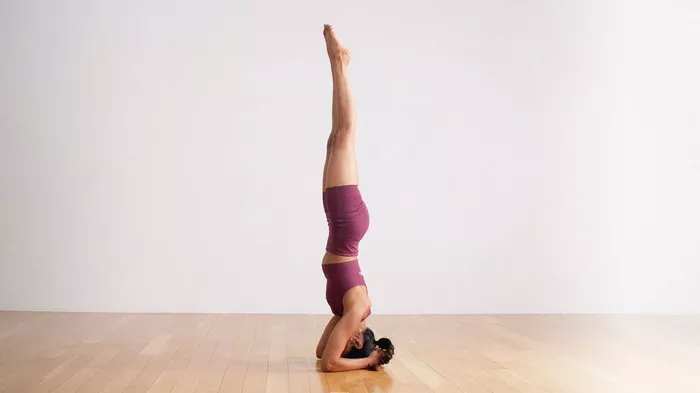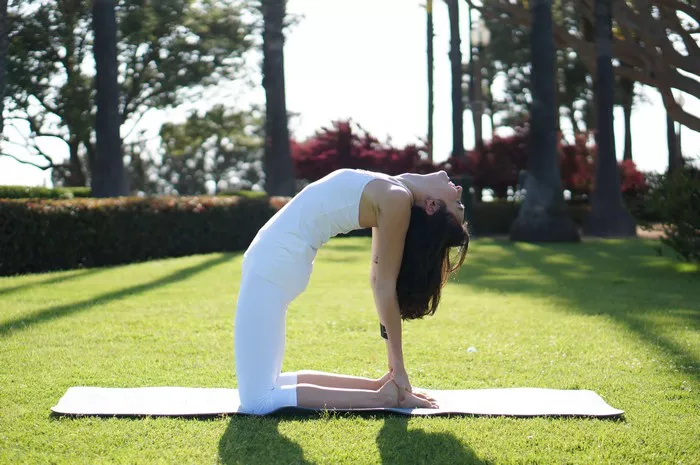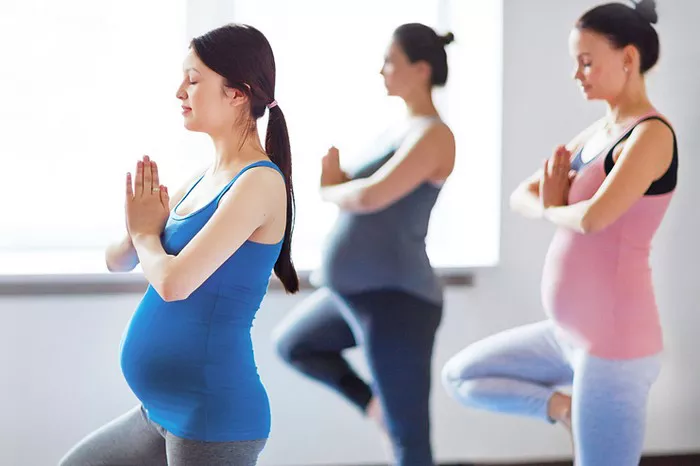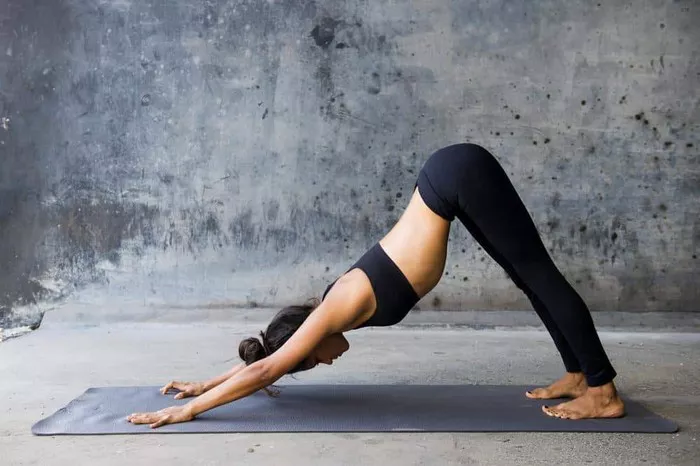In recent years, interest in alternative and complementary approaches to fertility has grown significantly. Among these approaches, restorative yoga has emerged as a gentle yet powerful tool for enhancing reproductive health. By combining supportive poses with mindful breathing and relaxation techniques, restorative yoga offers a unique avenue for reducing stress, balancing hormones, and supporting overall fertility. In this article, we explore the fundamentals of restorative yoga, its connection to fertility, recommended poses, timing and practice considerations, as well as post-coitus practices for optimal reproductive health.
1. Understanding Restorative Yoga
Restorative yoga is a therapeutic style of yoga that prioritizes relaxation and rejuvenation. Unlike more dynamic forms of yoga, such as Vinyasa or Ashtanga, restorative yoga involves holding gentle poses for extended periods, typically ranging from five to twenty minutes. The primary aim is to activate the parasympathetic nervous system, inducing a state of deep relaxation and allowing the body to heal and restore itself.
Central to restorative yoga practice is the use of props such as blankets, bolsters, blocks, and straps. These props provide support and allow practitioners to comfortably hold poses without strain or effort. By creating a sense of physical and mental ease, restorative yoga encourages practitioners to let go of tension and stress, promoting a profound sense of well-being.
2. Linking Yoga and Fertility
The connection between stress, hormonal balance, and fertility has been well-documented in scientific research. High levels of stress can disrupt the delicate interplay of hormones involved in the reproductive process, potentially leading to irregular menstrual cycles, ovulatory dysfunction, and even infertility. Chronic stress may also contribute to inflammation in the body, further compromising reproductive health.
Restorative yoga offers a holistic approach to addressing these issues by reducing stress and promoting hormonal balance. Through gentle stretching, deep breathing, and guided relaxation, restorative poses stimulate the parasympathetic nervous system, triggering the body’s natural relaxation response. This, in turn, helps to regulate hormone levels, improve blood flow to the reproductive organs, and enhance overall fertility.
Numerous studies have highlighted the positive effects of yoga on reproductive health. A systematic review published in the Journal of Alternative and Complementary Medicine found that yoga interventions were associated with improvements in menstrual regularity, hormonal profiles, and markers of stress among women with menstrual disorders. Another study published in Fertility and Sterility demonstrated that yoga practice was associated with increased conception rates among couples undergoing in vitro fertilization (IVF) treatment.
3. Recommended Restorative Poses
Incorporating specific restorative poses into your yoga practice can further support fertility and reproductive health. Here are some recommended poses:
Salamba Sirsasana (Supported Headstand): This inversion pose is hypothesized to affect hormonal balance by stimulating the pituitary gland, which plays a crucial role in regulating reproductive hormones. Practicing supported headstand with the assistance of props can help to minimize strain and make the pose accessible to practitioners of all levels.
Salamba Sarvangasana (Supported Shoulderstand): Similar to supported headstand, supported shoulderstand also offers benefits for hormonal regulation and blood circulation to the pelvic region. Using props to support the shoulders and neck can help to maintain proper alignment and reduce the risk of injury.
Setu Bandha Sarvangasana (Supported Bridge Pose): This gentle backbend helps to open the chest and abdomen, promoting relaxation and hormonal regulation. Using a bolster or block under the sacrum provides additional support and allows for a deeper release in the lower back and hips.
4. Timing and Practice
When practicing restorative yoga for fertility, timing is key. Aim to practice these poses during your fertile window, which typically occurs around the time of ovulation. By aligning your yoga practice with your menstrual cycle, you can optimize the benefits of hormonal regulation and support reproductive function.
During practice, focus on softening the abdominal area and consciously releasing tension around the reproductive organs. Avoid overexertion and listen to your body’s cues, modifying poses as needed to ensure comfort and safety. Remember that the goal is not perfection but rather gentle, nurturing self-care.
5. Additional Restorative Poses
In addition to the poses mentioned above, incorporating forward bends and reclining poses can further enhance fertility and promote relaxation. Here are some additional restorative poses to consider:
Forward Bends: Use props such as a chair or bolster for support in forward bending poses, allowing the spine to lengthen and the abdomen to soften.
- Dandasana (Staff Pose)
- Baddha Konasana (Bound Angle Pose)
- Janu Sirsasana (Head-to-Knee Forward Bend)
- Paschimottanasana (Seated Forward Bend)
- Upavistha Konasana (Wide Angle Pose)
- Malasana (Garland Pose)
Reclining Poses: These poses help to open and elongate the abdominal area, promoting relaxation and blood flow to the reproductive organs.
- Bound Supta Baddha Konasana (Reclined Bound Angle Pose)
- Supta Virasana (Reclined Hero’s Pose)
6. Post-Coitus Practice
After intercourse, practicing specific restorative poses can support sperm penetration and enhance the chances of conception. One highly recommended pose is Viparita Karani (Legs-Up-the-Wall Pose), which encourages blood flow to the pelvic region and creates an optimal environment for fertilization.
To practice Legs-Up-the-Wall Pose, simply lie on your back with your legs extended up the wall, forming a 90-degree angle with your torso. You can place a bolster or folded blanket under your hips for added support. Remain in this position for 10-15 minutes, focusing on deep, relaxed breathing.
It’s also beneficial to set up for this pose before intercourse, as it helps to prepare the body and create a sense of relaxation and receptivity. Keep the abdominal area soft during the movement, avoiding any tension or strain that could inhibit sperm mobility.
Conclusion
In conclusion, restorative yoga offers a gentle yet effective approach to supporting fertility and reproductive health. By incorporating specific poses into your practice, aligning with your menstrual cycle, and practicing mindfulness and relaxation techniques, you can create an optimal environment for conception and enhance your overall well-being. Remember that fertility is a holistic journey, and nurturing your body, mind, and spirit is essential every step of the way.






















